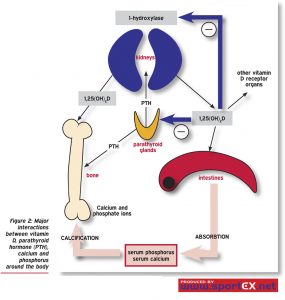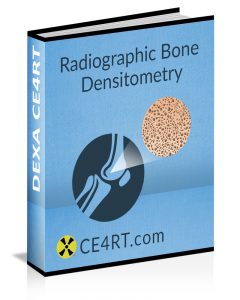Healthy Bones Nutrition, Hormones, and Genetics

A person’s bone health is influenced by both genetic and environmental factors. For a person to have healthy bones nutrition, hormones, and genetics all play a role. Genes determine some elements of bone health, such as the overall size and shape of the person’s skeleton. Genes are non-modifiable factors. Any errors in genes or their signals can lead to congenital defects.
In addition to genes, environmental factors are also of critical importance to a person’s bone health. These external factors include things such as diet and physical exercise that can be modified throughout a person’s lifetime. In addition fulfilling healthy bones nutrition needs, it is essential to mechanically load the bony skeleton to maintain a normal bone mass. Certain nutritional elements are needed to build bones. The skeleton serves as a storehouse of calcium and phosphorus for the rest of the body, but it also needs these elements in large quantities for itself. During pregnancy and lactation, these minerals are obtained by the baby from its mother in adequate quantities. However, once a baby is weaned, they must be obtained from food sources.
X-ray technologists frequently image the bony skeleton in patients and must remain up-to-date on all safety issues. Read our 12-credit ARRT®-recognized course on Radiation Protection to brush up your knowledge and earn CE credits.
Role of Hormones in Healthy Bones
Local and systemic regulatory factors work in coordination to ensure the growth of the skeleton in response to mechanical forces. These regulatory factors also enable the skeleton to fulfill its function as a reservoir of minerals. Systemic factors include circulating hormones that regulate the supply of calcium and phosphorus and therefore affect the formation and breakdown of bone. These hormones play a critical role in maintaining healthy bones nutrition and genetics being the other factors.

Bone regulatory hormones are part of a complex system that responds to changes in blood calcium and phosphorus levels. In addition to bone, these hormones act on other organs such as the kidneys and intestines to regulate the levels of these minerals. Under normal circumstances, in an individual with healthy bones nutrition adequate, only a portion of the dietary calcium is absorbed into the bloodstream. Some calcium is secreted back into the intestinal juices. Ultimately, the net amount of calcium that enters the body is a small proportion of a person’s total dietary intake of calcium. Healthy individuals are able to maintain a balance between the amount of calcium absorbed into the body and the amount of calcium excreted from the body.
Calcium and Phosphorus Metabolism for a Healthy Skeleton
Similarly, there is constant remodeling of bones. In healthy individuals, bone formation equals bone breakdown. When blood is filtered by the kidneys, a large amount of calcium is excreted, but the kidney cells absorb most of this calcium back into the body. When there is a short supply of calcium and phosphorus in the body, perhaps because of inadequate healthy bones nutrition, the regulating hormones remove these minerals from bone and transfer them to other organ systems where they are needed for vital functions. Excessive withdrawal in this manner can weaken bones.
The circulating regulatory hormones also influence how much bone is formed during periods of skeletal growth and how well bone mass is maintained through the different phases of a person’s life. For example, puberty is associated with rapid skeletal growth and high levels of growth hormones and sex hormones in the circulation. There is a close link between the effects of these regulatory hormones and the mechanical forces the skeleton is subjected to. This link is demonstrated by the impaired response to mechanical loading seen in animal models that lack estrogen receptors.
An individual’s peak bone mass is determined by genetic factors, hormones, local factors, and lifestyle (diet and nutrition). Therefore, for healthy bones nutrition is just one of the factors that is important. Peak bone mass is typically achieved when an individual is in their late teenage years or early 20s. Strong bones during this phase of life are better able to cope with the withdrawal of minerals and other age-related changes when the person is older. Some of the essential hormones that regulate bone health are discussed below.
X-ray CE
We offer a range of courses on our site that are category A credits good for your ARRT® CE requirements. They are accepted by NMTCB, ARDMS, SDMS, every US state and territory, Canadian province, and all other Radiologic Technologist, Nuclear Medicine, and Ultrasound Technologist registries in North America, for both full and limited permit technologists, guaranteed. Choose a course with the number and type of credits you need.
Visit here for xray ce credits.
